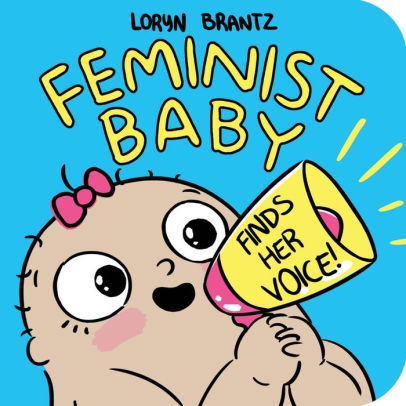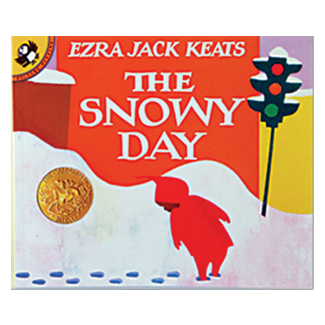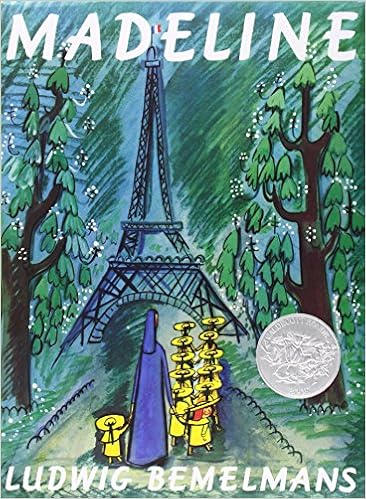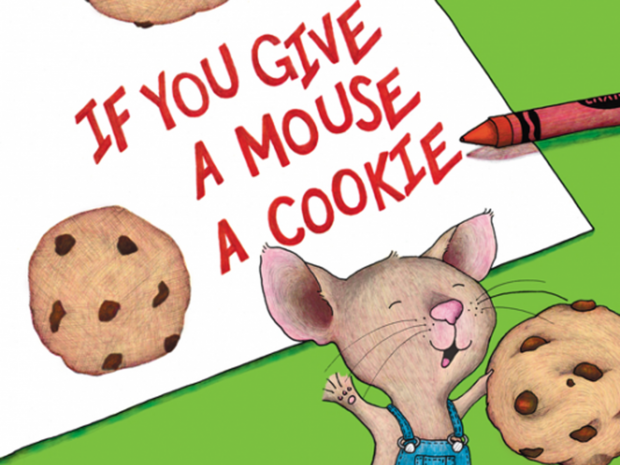![12 Rules for Life: An Antidote to Chaos by [Peterson, Jordan B.]](https://images-na.ssl-images-amazon.com/images/I/41Z06PJRlZL.jpg)
12 Rules for Life: An Antidote to Chaos, by Jordan B. Peterson. Published January, 2018. 409 pages.
I emphasized the page count in the book’s specifications because the length is very relevant to my thoughts on the book. Specifically, that it is too long and would have been a much better book had Mr. Peterson not taken readers along his long windy roads connecting Carl Jung, ancient motifs, religious themes and personal experiences to say what he could have said much more succinctly.
Brevity is the soul of wit, it’s been said, but it can also be the key to transmitting ideas which are more easily understood and widely accepted. It was impressive YouTube videos of Jordan Peterson, from lectures to media interviews to online Q and As, which first exposed me to his ideas. Most of them, as a commentator noted in my previous post, would be considered common sense to people in generations gone by. However, this is a new era, and people demand more than the simple “because I said so” or “because it’s right” to get on board with an idea, no matter how solid it’s validity has proven to be down through the ages.
Since this is true, I was thoroughly prepared to accept that an intellectual and psychologist offering rules for life that buck current cultural thought should include a fair amount of psychological jargon and even gobbledygook in his presentation. Still, 400 pages was 200 too many, and tiptoeing through the tulips of Peterson’s theories was often wearying, but I stuck it out. I stuck it out because I find his overarching ideas, if not all the details, to be of value. On to some of the 12 Rules, which were indicated by chapters.
Rules 1 and 2 were good rules, but those chapters were among the hardest for me to read. It’s hard for a woman who believes man was created in the image of God to read copious amounts of information on how we can learn to be so much more human by observing lobsters. There were also far too many pages of psychological minutiae in those chapters as well.
Nevertheless, the rules themselves are good. The first one was common sense that we all heard from our grandmas (stand up straight!), while the second should be common sense, but I applaud Peterson for saying it because few people, including me, do it (treat yourself as you would someone you are responsible for). I liked that he highlighted that most people get better medical care for their pets than they give themselves. I believe him.
For the sake of brevity, I’ll fill you in that you can find all 12 of the rules listed here (I have no affiliation with or further knowledge of this site and found the list via a Google search).
In his exposition of Rule 6 (get your house in order before trying to change the world), Peterson makes an astute observation that most anyone paying attention has also noted. Namely, that in the absence of religious beliefs and connections, people have attached religious devotion to all number of things, including atheism and social activism. It is this ingrained feature of the human heart which, I believe accounts for people’s tendency to get out there and change the world while their own world is a mess.
Pursuing meaning rather than expediency -Rule 7- was in my opinion the closest Peterson came to a semi-accurate understanding of Christian teaching. He is correct that when expediency and advantage are primary drivers behind the things we do, life is void of meaning and will plunge into despair at the first hint of suffering. And if there is one constant in life, it’s that we will all suffer. I appreciated that bit of wisdom which seems increasingly lost on so many.
All of the rules are useful, and had Peterson and his editor been more vicious and used more precision when it came to eliminating irrelevant information, this would have been a much better book. I am certain that no portions of the book were meant to be construed as stream of consciousness, but there were sections that felt that way as I read them. It could be that Peterson is such a smart man with so many ideas that parts of it were just over my head, but even if that were the case, it underscores my point.
When a college professor writes a book to help a generation of young people, and especially young men, tap into the antidote to chaos, a little simplicity goes a long way. Nevertheless, Peterson’s rules are good if unoriginal, and many of them are brand new information to this generation of young adults.
3.5 out of 5 stars.
















![Celebrate the Classics: Why You Can and Should Read the Great Books (Xist Classics) by [Lee, Calee M.]](https://images-na.ssl-images-amazon.com/images/I/5116GFdFhXL.jpg)